Optimising Waste Management: The Efficiency and Impact of the 240L Bin
As technology advances and environmental awareness grows, the 240L bin will continue to evolve, incorporating innovative features and sustainable materials to meet the changing needs of communities and contribute to a cleaner, greener future.
Effective waste management is crucial for maintaining cleanliness, hygiene, and sustainability in communities and urban environments. The 240L bin, also known as a wheelie bin or garbage cart, plays a central role in waste collection and disposal systems worldwide. With its standardized size, durability, and mobility, the 240L bin offers a versatile and efficient solution for managing household, commercial, and industrial waste streams.
.png)
Standardized Size and Design
The 240L bin is characterized by its standardized dimensions and design, making it compatible with automated waste collection systems and manual handling processes. Key features of the 240L bin include:
Capacity: The 240L bin typically has a capacity of 240 liters (approximately 64 gallons), providing ample storage space for household, commercial, and industrial waste generated on a weekly basis.
Wheeled Base: The bin is mounted on a wheeled base, allowing for easy mobility and maneuverability during waste collection and disposal activities. The wheels are often rugged and durable, capable of withstanding rough terrain and repeated use.
Lid: The 240L bin is equipped with a hinged lid or flip-top cover to prevent odors, pests, and weather elements from entering the bin. Some models may also feature lockable lids for added security and tamper resistance.
Versatile Applications
The 240L bin finds applications in various settings and environments, including residential neighborhoods, commercial establishments, public spaces, and industrial facilities. Some common uses of the 240L bin include:
Household Waste Collection: In residential areas, the 240L bin is used for curbside collection of household waste, including general refuse, recyclables, and organic materials. It serves as a convenient and hygienic storage solution for residents, promoting cleanliness and waste segregation practices.
Commercial Waste Management: Commercial establishments such as restaurants, offices, and retail stores utilize 240L bins for collecting and disposing of commercial waste, packaging materials, and other non-hazardous waste streams. These bins help businesses comply with waste disposal regulations and maintain clean and organized premises.
Construction and Demolition Sites: Construction and demolition projects generate large volumes of waste materials such as rubble, debris, and construction waste. The 240L bin serves as a temporary storage solution for onsite waste collection, facilitating efficient waste management and disposal practices.
Environmental Impact
The widespread adoption of the 240L bin has significant environmental implications, contributing to waste reduction, recycling, and resource conservation efforts. By providing a designated receptacle for waste collection and segregation, the 240L bin encourages individuals and businesses to divert recyclable materials from landfill disposal, promoting a circular economy and reducing environmental pollution.
Innovation and Advancements
In recent years, the 240L bin has undergone innovation and advancements to enhance its functionality and sustainability. Some notable trends and developments include:
Smart Bin Technology: Integration of IoT (Internet of Things) sensors and monitoring systems allows waste management authorities to track bin fill levels, optimize collection routes, and schedule pickups more efficiently, reducing fuel consumption and operational costs.
Eco-Friendly Materials: Manufacturers are exploring sustainable materials such as recycled plastics and biodegradable polymers for the production of 240L bins, reducing their environmental footprint and promoting circularity in the waste management sector.
Automated Collection Systems: Automated waste collection systems utilize specialized vehicles equipped with robotic arms to empty 240L bins quickly and efficiently, minimizing manual handling and reducing the risk of workplace injuries for waste collection workers.
The 240L bin plays a pivotal role in waste management systems worldwide, providing a convenient, efficient, and hygienic solution for collecting, storing, and transporting waste streams. Its standardized size, durability, and mobility make it an indispensable tool for households, businesses, and municipalities seeking to optimize waste collection and disposal practices. As technology advances and environmental awareness grows, the 240L bin will continue to evolve, incorporating innovative features and sustainable materials to meet the changing needs of communities and contribute to a cleaner, greener future.


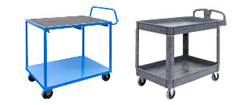

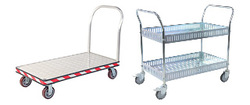
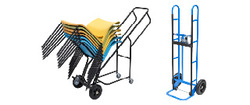
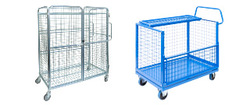
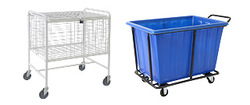
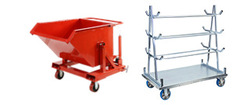
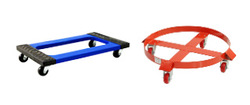
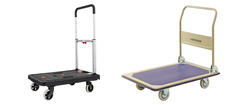
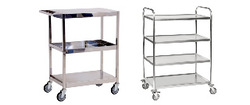
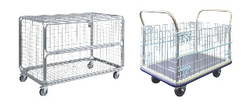
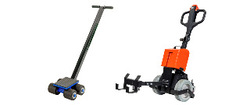
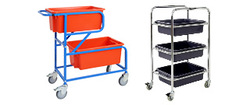
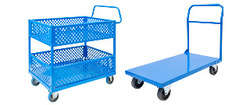
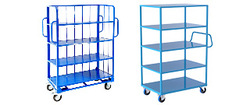
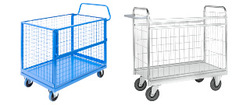
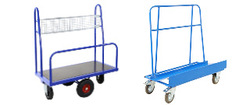
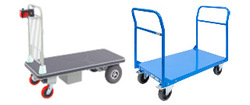
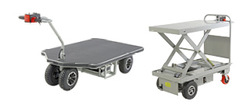
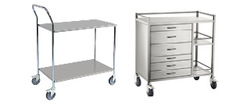
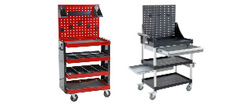
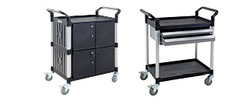
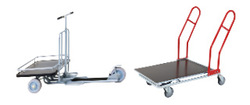
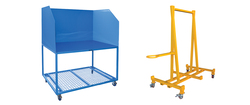



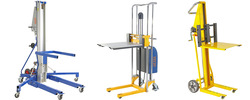



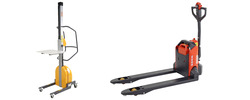
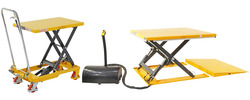
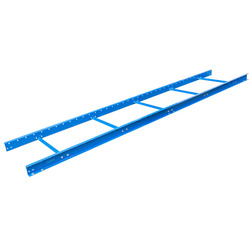
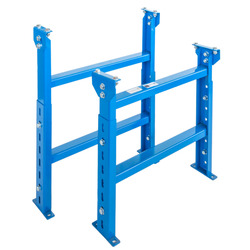
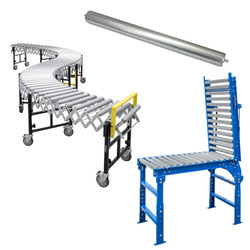
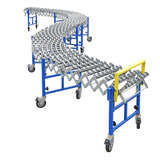



















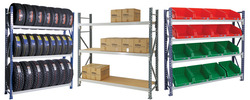
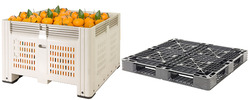
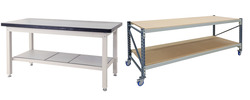
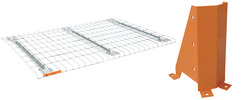
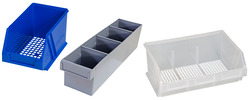

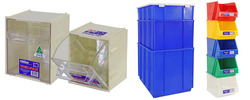

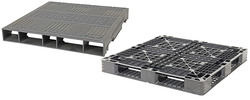
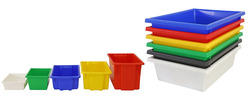
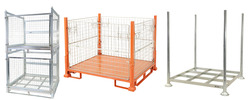
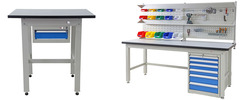
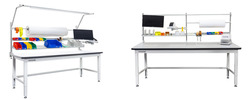

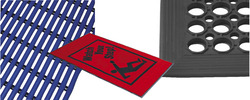
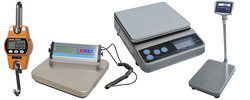



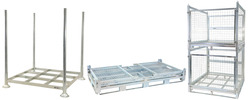
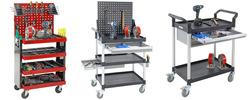
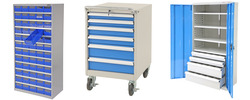
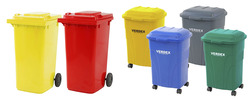
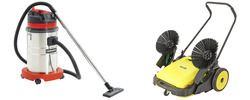






































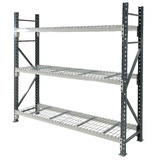












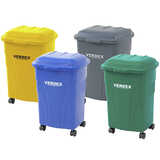

 Trolleys / Hand Trucks
Trolleys / Hand Trucks 2 Tier Trolleys
2 Tier Trolleys 3 Tier Trolleys
3 Tier Trolleys Aluminium Trolleys
Aluminium Trolleys Appliance & Hand Trucks
Appliance & Hand Trucks Cage Trolleys
Cage Trolleys Cleaning Carts & Trolleys
Cleaning Carts & Trolleys Construction Trolleys
Construction Trolleys Dollies
Dollies Foldable Trolleys
Foldable Trolleys Hospital Trolleys
Hospital Trolleys Laundry/Linen Trolleys
Laundry/Linen Trolleys Load Skates & Tow Tugs
Load Skates & Tow Tugs Mail / Office Trolleys
Mail / Office Trolleys Multi Purpose Trolleys
Multi Purpose Trolleys Multi-Tier Shelf Trolleys
Multi-Tier Shelf Trolleys Order Picking Trolleys
Order Picking Trolleys Panel Cart Trolleys
Panel Cart Trolleys Platform Trolleys
Platform Trolleys Powered Trolleys
Powered Trolleys Stainless Steel Trolleys
Stainless Steel Trolleys Tool Trolleys
Tool Trolleys Utility Carts
Utility Carts Warehouse Trolleys
Warehouse Trolleys Custom Trolleys
Custom Trolleys Lifting Equipment
Lifting Equipment Forklift Attachments
Forklift Attachments Jib Attachments
Jib Attachments Lifting Hoists & Pallet Hooks
Lifting Hoists & Pallet Hooks Manual Stackers & Lifters
Manual Stackers & Lifters Pallet Jacks
Pallet Jacks Pallet Lifters
Pallet Lifters Pallet Rotators & Dispenser
Pallet Rotators & Dispenser Powered Pallet Trucks & Electric Lifters
Powered Pallet Trucks & Electric Lifters Scissor Lift Trolleys and Tables
Scissor Lift Trolleys and Tables Conveyor Equipment
Conveyor Equipment Conveyor Frames
Conveyor Frames Conveyor Stands
Conveyor Stands Roller Conveyors
Roller Conveyors Skate Wheel Conveyors
Skate Wheel Conveyors Access Equipment
Access Equipment Container & Yard Ramps
Container & Yard Ramps Step Stools & Ladders
Step Stools & Ladders Work Platforms & Crane Cages
Work Platforms & Crane Cages Drum Handling
Drum Handling Drum Storage & Bunding
Drum Storage & Bunding Drum Trolleys & Lifters
Drum Trolleys & Lifters Forklift Drum Handling
Forklift Drum Handling Containment & Spillage
Containment & Spillage Aerosol Cans Storage Cages
Aerosol Cans Storage Cages Bunded Pallets & Storage
Bunded Pallets & Storage Corrosive Goods Storage Cabinets
Corrosive Goods Storage Cabinets Flammable Liquid Cabinets
Flammable Liquid Cabinets Forklift Gas Storage Cages
Forklift Gas Storage Cages Gas Cylinder Storage
Gas Cylinder Storage Site Storage
Site Storage Spill Kits
Spill Kits Stillage Cages
Stillage Cages Waste Handling
Waste Handling Bin Lifters & Tippers
Bin Lifters & Tippers Plastic Waste Bins and Carts
Plastic Waste Bins and Carts Steel Waste and Tipping Bins
Steel Waste and Tipping Bins Storage Equipment
Storage Equipment Heavy Duty Cabinets & Benches
Heavy Duty Cabinets & Benches Heavy Duty Shelving
Heavy Duty Shelving Mega Bins & Pallets
Mega Bins & Pallets Packing Benches
Packing Benches Pallet Racking Accessories
Pallet Racking Accessories Parts Trays & Stor-Pak Bins
Parts Trays & Stor-Pak Bins Pegboard & Louvre Panels
Pegboard & Louvre Panels Plastic Bins
Plastic Bins Plastic Handling Solutions Bins
Plastic Handling Solutions Bins Plastic Pallets
Plastic Pallets Stack & Nest Bins
Stack & Nest Bins Storage Cages
Storage Cages Workplace Equipment
Workplace Equipment Workbenches
Workbenches Modular Workbenches
Modular Workbenches Electric Height-Adjustable Workbenches
Electric Height-Adjustable Workbenches Floor Matting
Floor Matting Industrial Weighing Scales
Industrial Weighing Scales Pallet Wrapping & Packaging Machinery
Pallet Wrapping & Packaging Machinery Ramps
Ramps Stationery Cupboards
Stationery Cupboards Storage and Stillage Cages
Storage and Stillage Cages Tool Trolleys
Tool Trolleys Tooling Cabinets
Tooling Cabinets Wheelie Bins
Wheelie Bins Workshop Equipment
Workshop Equipment Safety Equipment
Safety Equipment Gloves and PPE
Gloves and PPE Pallet Rack Post Protectors
Pallet Rack Post Protectors Safety Barriers & Bollards
Safety Barriers & Bollards Safety Knives & Cutters
Safety Knives & Cutters Signs and Traffic Supplies
Signs and Traffic Supplies Tool & First Aid Boxes
Tool & First Aid Boxes Construction Equipment
Construction Equipment Concrete Equipment
Concrete Equipment General Site Equipment
General Site Equipment Lifting Equipment
Lifting Equipment Site Storage
Site Storage Waste
Waste  MHA's Specials
MHA's Specials










